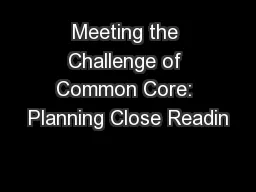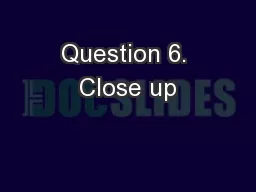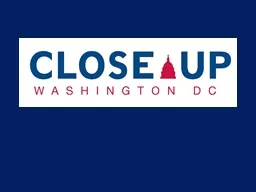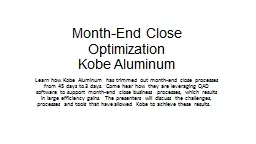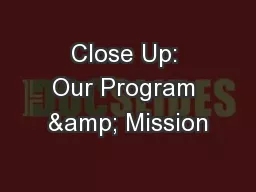PPT-Close Out Presentation of the 2
Author : sequest | Published Date : 2020-06-23
nd CERN MAC Cost amp Schedule Review October 1 8 th 2016 CMAC Members Fischer Wolfram BNL Gourlay Stephen LBNL Holtkamp Norbert Chair SLAC Oide Katsunobu KEK
Presentation Embed Code
Download Presentation
Download Presentation The PPT/PDF document "Close Out Presentation of the 2" is the property of its rightful owner. Permission is granted to download and print the materials on this website for personal, non-commercial use only, and to display it on your personal computer provided you do not modify the materials and that you retain all copyright notices contained in the materials. By downloading content from our website, you accept the terms of this agreement.
Close Out Presentation of the 2: Transcript
Download Rules Of Document
"Close Out Presentation of the 2"The content belongs to its owner. You may download and print it for personal use, without modification, and keep all copyright notices. By downloading, you agree to these terms.
Related Documents




